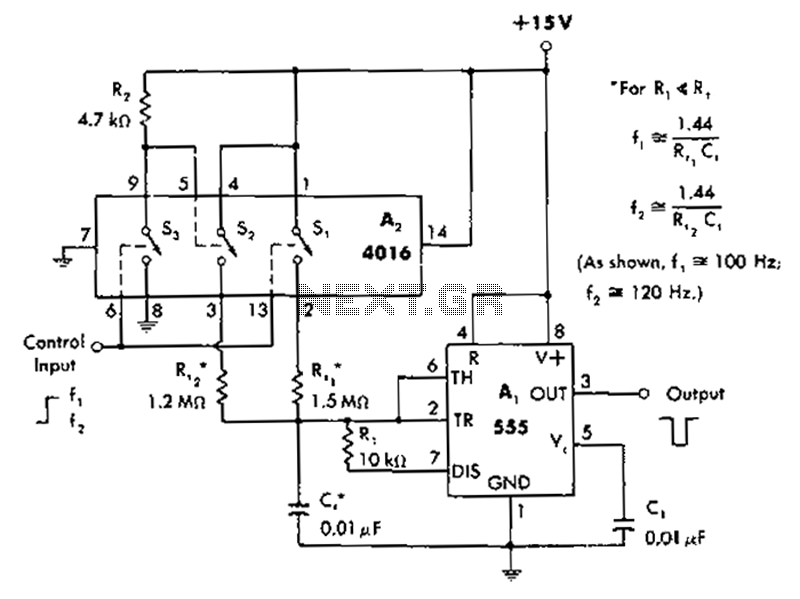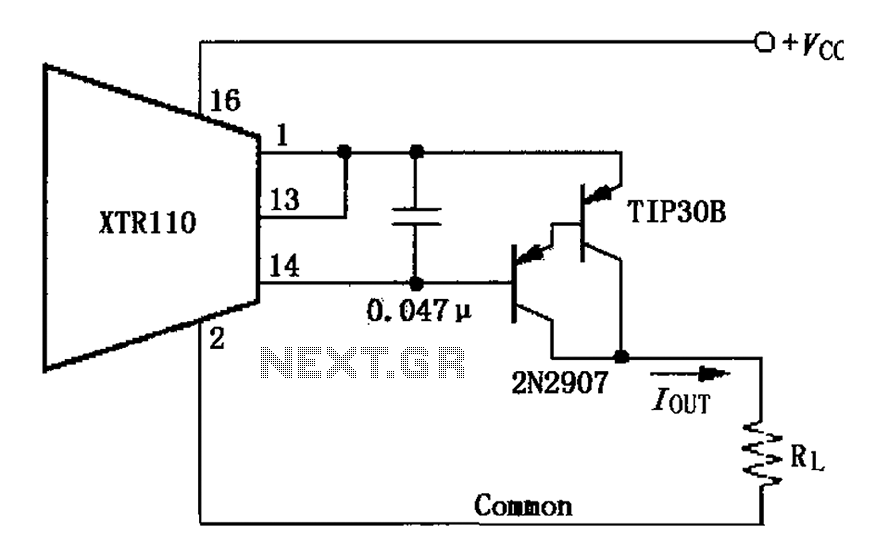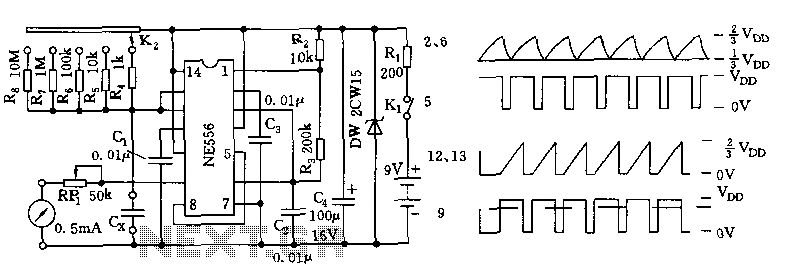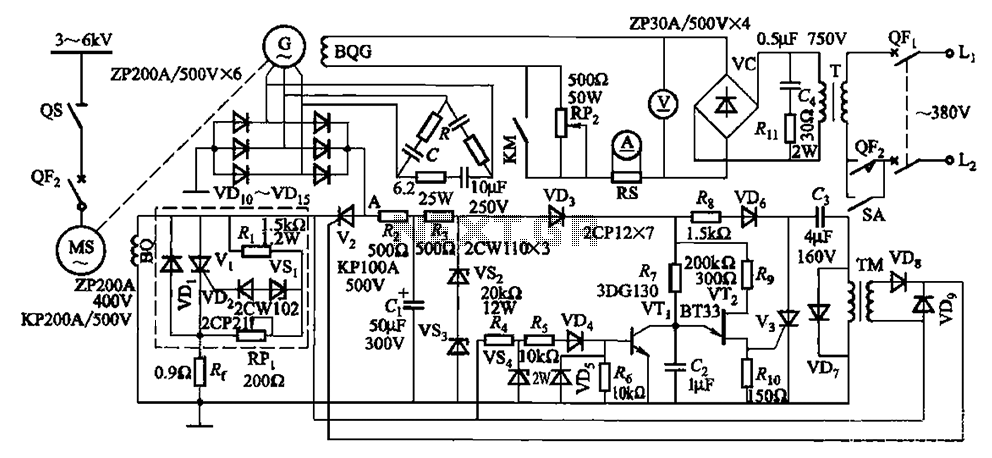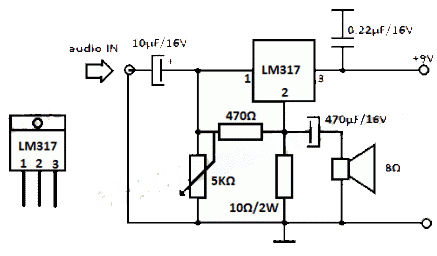
passive pfc circuit cuts inductor value and size
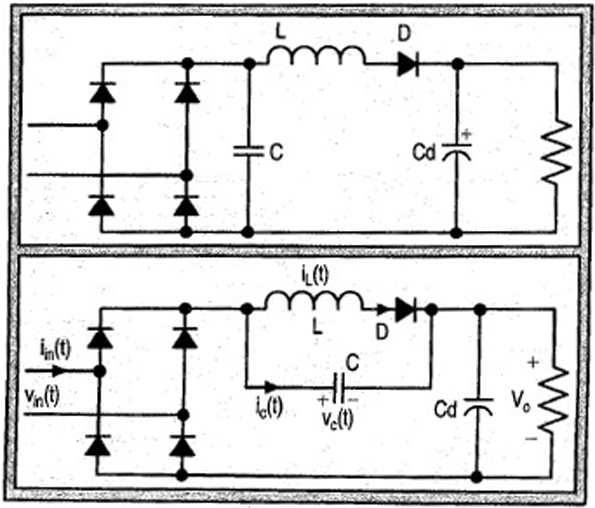
The input current for a passive power factor correction (PFC) circuit is not affected by variations in the output ripple, resulting in the need for a smaller inductance compared to earlier circuit designs.
Passive power factor correction circuits are utilized to improve the power factor of electrical systems by reducing the phase difference between voltage and current. In these circuits, the input current remains stable even when there are fluctuations in output ripple, which is the residual periodic variation in DC voltage. This characteristic allows for the design of circuits that require less inductance, thereby simplifying the overall circuit topology and potentially reducing costs and physical size.
The operation of a passive PFC circuit typically involves the use of inductors and capacitors to filter and smooth the input current. The reduced requirement for inductance means that smaller inductors can be employed, which can lead to a decrease in core losses and improved efficiency. Additionally, smaller inductors can facilitate a more compact design, making the circuit suitable for applications where space is limited.
When designing a passive PFC circuit, careful consideration must be given to the selection of components, including the inductor and capacitor values, to ensure that the circuit meets the desired performance specifications. It is also important to analyze the impact of load conditions and variations in supply voltage, as these factors can influence the overall effectiveness of the PFC circuit.
In summary, the insensitivity of input current to output ripple in passive PFC circuits allows for the implementation of smaller inductance, contributing to enhanced efficiency and a more compact design. This advancement represents a significant improvement over previous circuit designs, making passive PFC circuits a valuable solution in modern power electronics.Input current for a passive PFC circuit is insensitive to changes in the output ripple - so it requires a smaller inductance than previous circuits.. 🔗 External reference
Passive power factor correction circuits are utilized to improve the power factor of electrical systems by reducing the phase difference between voltage and current. In these circuits, the input current remains stable even when there are fluctuations in output ripple, which is the residual periodic variation in DC voltage. This characteristic allows for the design of circuits that require less inductance, thereby simplifying the overall circuit topology and potentially reducing costs and physical size.
The operation of a passive PFC circuit typically involves the use of inductors and capacitors to filter and smooth the input current. The reduced requirement for inductance means that smaller inductors can be employed, which can lead to a decrease in core losses and improved efficiency. Additionally, smaller inductors can facilitate a more compact design, making the circuit suitable for applications where space is limited.
When designing a passive PFC circuit, careful consideration must be given to the selection of components, including the inductor and capacitor values, to ensure that the circuit meets the desired performance specifications. It is also important to analyze the impact of load conditions and variations in supply voltage, as these factors can influence the overall effectiveness of the PFC circuit.
In summary, the insensitivity of input current to output ripple in passive PFC circuits allows for the implementation of smaller inductance, contributing to enhanced efficiency and a more compact design. This advancement represents a significant improvement over previous circuit designs, making passive PFC circuits a valuable solution in modern power electronics.Input current for a passive PFC circuit is insensitive to changes in the output ripple - so it requires a smaller inductance than previous circuits.. 🔗 External reference
